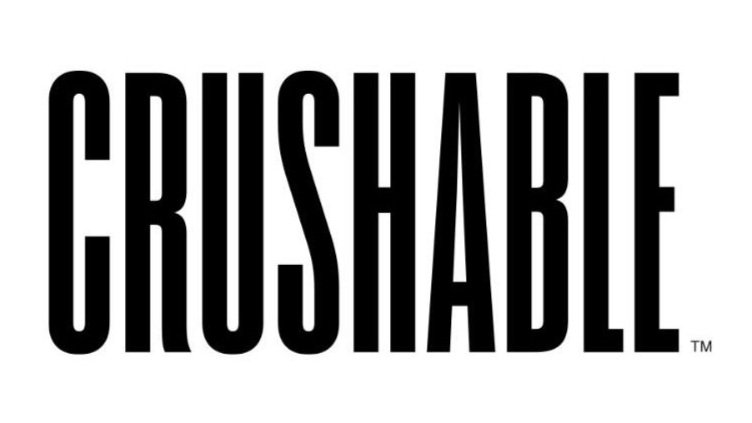How wine crime can be combatted through the use of blockchain
Contributed by Andreas Batten
Most of us have heard of bitcoin or cryptocurrency - some believe it to be a “digital gold” - an imaginary asset kept on a ledger "somewhere" on the internet. Yet, most do not understand the technology behind it and how revolutionary it truly is.
For beginners, blockchain is a distributed ledger technology. These ledgers are maintained across many computers that are linked in a peer-to-peer network. With blockchain, no one entity or group of entities can control the ledger. In simple terms, this means it is impossible to fudge the numbers on a set of information that has entered the blockchain. Although this may seem like a simple idea, the applications are immense, and there are two blockchain projects that have massive potential to modernise the wine industry: VeChain ($VET) and Brave ($BAT).
VeChain Thor is a Chinese company that seeks to revolutionize the supply chain using blockchain. VeChain uses QR codes and will eventually use RFID chips (tracking chip) to verify the authenticity as well as the supply chain of a variety of different consumer products.
In order to prove authenticity of a certain bottle or vintage, a unique digital code stored on the blockchain, called an NFT (non-fungible token), can prove the authenticity of a specific bottle or object. An NFT is a unique digital signature.
For example, if a winery has produced 5000 bottles of a specific vintage, each bottle could be labelled with a specific NFT affirming its authenticity. NFTs cannot be replicated, eliminating counterfeits. Many apps are already in development which could scan a QR code on a bottle of wine guaranteeing its origin. In the coming years, apps like Vivino are expected to incorporate a QR code scanning feature that not only holds information about the wine, but confirms the authenticity.
Three major wine producers - Ricci Curbastro, Ruffino Wines, and West Wind Wines - are using the QR codes on the VeChain network to add the “My Story” feature to their bottles. The “My Story” feature allows the consumer to review the history of the wine all the way back to the vineyard, as well as providing detailed product information that usually could not be contained on a label.
In addition, since the QR code is created by the manufacturer and stored on the blockchain, it cannot be altered infallibly, proving the authenticity of the product. As counterfeit wine is a multi-billion-dollar industry worldwide, a technology that can guarantee authenticity of a luxury product on the blockchain has immense value. Partnerships with large luxury brands such as BMW and Louis Vuitton are coming down the pipeline. The potential to partner with many of the world's largest and most iconic wine producers is vast.
The 'Basic Attention Token' (BAT) is an open-source, decentralized ad exchange program. The platform is integrated with the Brave web browser; it is not possible to use or access it from any other browser. Brave Payments allow users to tip websites and content creators with BAT tokens - a form of cryptocurrency.
Notable publishers who accept BAT tokens include the Washington Post, The Guardian, Vimeo, MarketWatch, Barron's, and Vice. In 2019, The Brave browser is adding a feature that allows the consumer to fully opt out of all ads on the platform, or opt in to ads provided by the Brave browser’s new algorithm and pay you for your time in watching the ads.
Brave is a system that displays ads to users based on locally stored data, removing the need for third-party tracking. Brenden Eich, CEO and co-founder of Brave Ads also aims to “improve the economics and conversion of the online advertising industry, so that publishers and advertisers can thrive without the intermediaries that collect huge fees and contribute to web-wide surveillance.”
The hope is that eventually ads can be catered to the consumer while protecting their privacy. The goal - the consumer gains back a large share of the power in determining which advertisements they see, and how the publishers are rewarded. This has great relevance to the wine industry as users can tip their favourite wine writers, and Brave can provide a customised ad experience that is relevant to the consumer.
A lover of Sicilian wine would soon find their ad feed buzzing with relevant publications and advertisements. While the publisher would find a greater conversion to sale on advertisements, as the consumer is choosing to opt into the ads and are being paid to watch them.
Emerging industries like blockchain will greatly modernise many industries, wine included. Ultimately, the technology puts more power into the hands of the consumer in terms of knowing about the product they are consuming, as well as locating new products of interest online. Since it is in the interest of wineries to promote their products and verify their authenticity, these technologies are likely to be adopted in the not so distant future.

